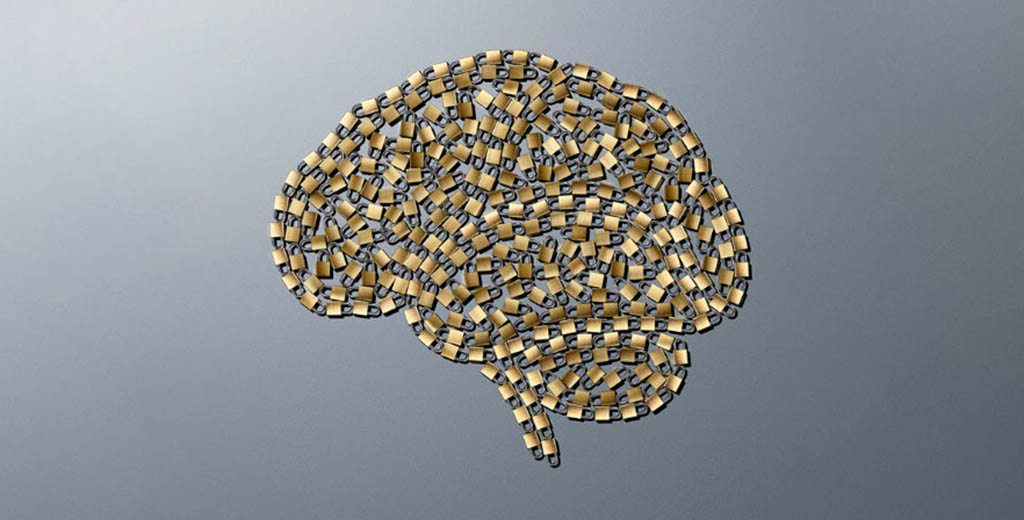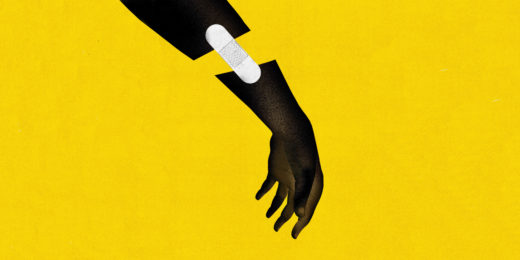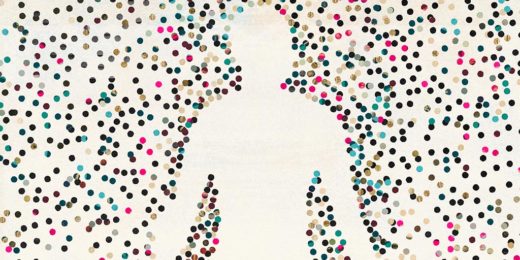From using virtual reality tools to prepare for a fiendishly difficult brain surgery to developing a vibrating glove to help alleviate the symptoms of Parkinson's disease, Stanford Medicine clinicians and researchers are on the leading edge of endeavors to treat and prevent conditions that damage the brain and nervous system.
The new issue of Stanford Medicine magazine, "The most mysterious organ: Unlocking the secrets of the brain," features articles about how developments in neuroscience are changing how we see the brain, and how our relatively recent understanding of its resiliency is changing patient care.
"Imaging technologies and innovative research are shedding new light on how the brain works, letting us peer inside and reveal its secrets," Lloyd Minor, MD, dean of the Stanford University School of Medicine, said in the magazine in a letter to readers. "The more we see, the more we realize how much more there is to learn. The brain's abilities might be even more impressive than we imagined."
The issue features articles about new insights into such neurological conditions as Alzheimer's disease, stroke, traumatic brain injuries in women and more. The articles include:
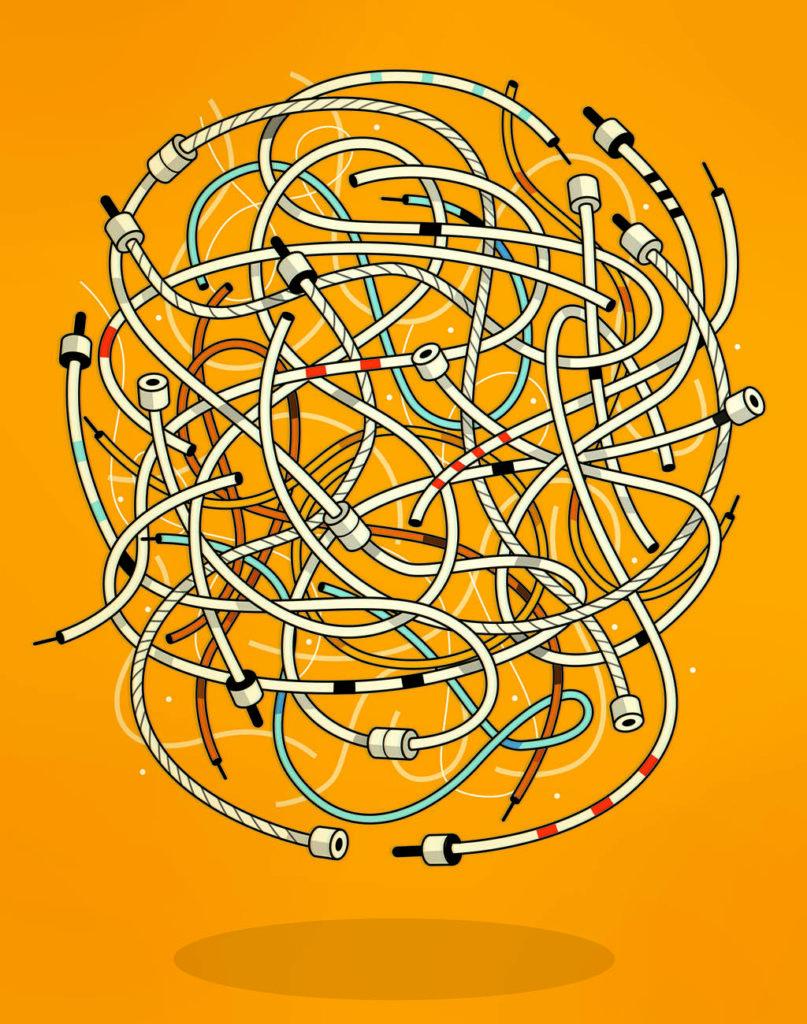
"Making a comeback": A collection of vignettes about brain and nervous system research and treatments that are not only helping paralyzed people move and blind people see but are also are showing promising ways to restore lost cognitive abilities.
"Opening stroke's window": Gregory Albers, MD, and a team of Stanford colleagues proved, after decades of research, that it's possible to expand the window for treating some stroke patients from a few hours to a whole day, helping countless stroke patients avoid severe disabilities.
"A delicate operation": A recounting of a high-stakes, innovative surgery to save a toddler's life by removing a brain tumor through his nose.
"A way through the brambles": A Q&A with renowned flutist Eugenia Zukerman, who reflects on staying positive and finding joy through writing poetry and playing her flute during her early stages of Alzheimer's disease.
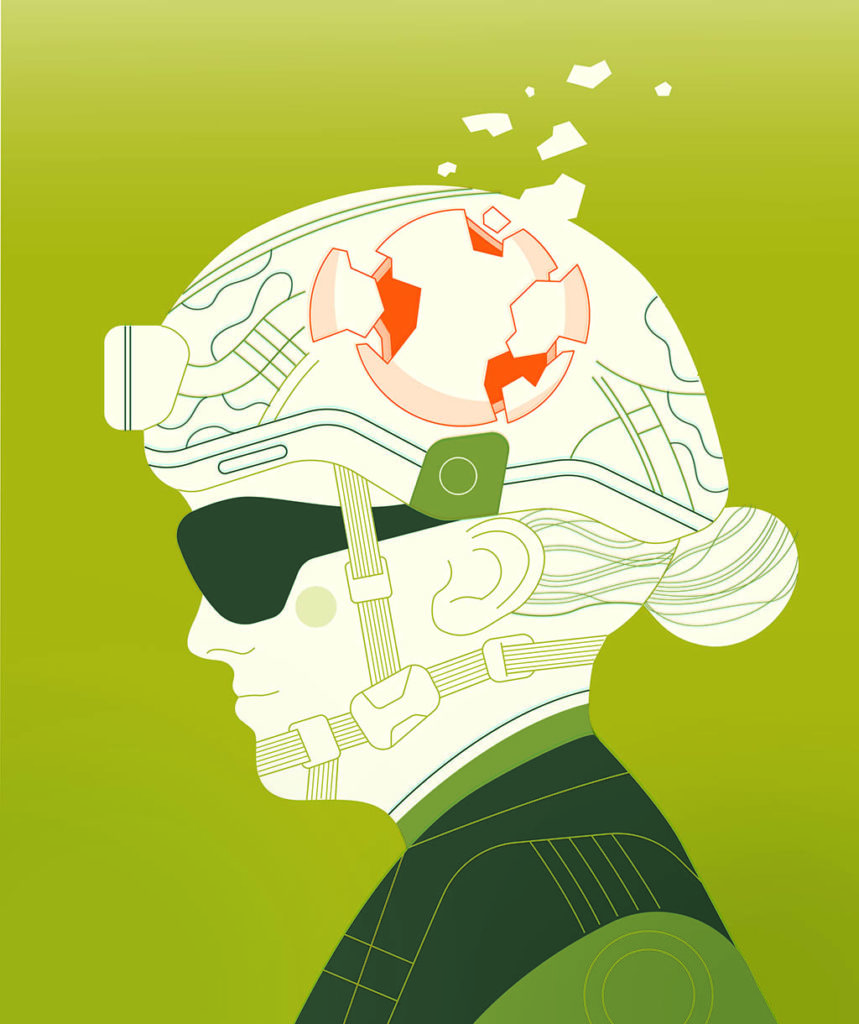
"Same injury, different brain": New analyses of U.S. Department of Veterans Affairs' data on brain trauma by neurosurgery faculty Odette Harris, MD, and Maheen Adamson, PhD, reveal stark differences in how women experience severe brain trauma when compared with men. In an accompanying video, an injured female veteran shares her own recovery story.
"Good vibrations": Can a vibrating glove relieve symptoms of Parkinson's disease? It might sound like magic, but early research on the experimental treatment shows promising results.
"The man who couldn't cry": In an essay adapted from his new book, Projections: A story of human emotions, psychiatry professor Karl Deisseroth, MD, PhD -- recounting an encounter with a grieving young widower who couldn't cry -- describes the neurological mechanisms behind expressing emotion.
"The case of the vanishing brain tumor": A disappearing brain tumor in a patient who was undergoing immunotherapy cancer treatments inspired neurosurgery chair Michael Lim, MD, to expand research into new immunotherapy options to specifically attack difficult-to-treat brain tumors.
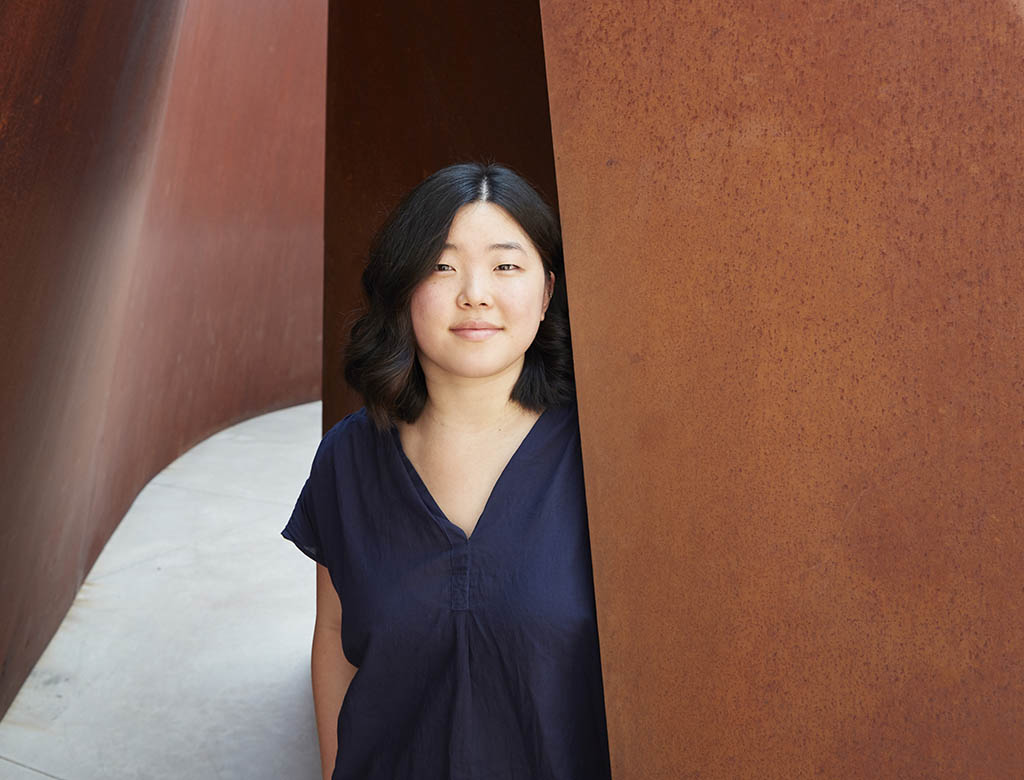
"Nourishing the brain with blood from the belly": When a young Hope Kim needed a second bypass surgery to treat the brain disorder moyamoya, no blood vessels in her scalp were right for the job. So Gary Steinberg, MD, PhD, neurosurgeon and professor of neurosurgery, piped blood vessels from her abdomen up to her brain.
Also in this issue, in "How synthetic biology could save us," associate professor of bioengineering Drew Endy, PhD, discusses his belief that solving civilization's most vexing challenges depends on harnessing the power of bioengineering to benefit the planet and the people on it. In "A scientist's quest to save his son from a mystifying illness," excerpts from The Puzzle Solver, by Stanford Medicine science writer Tracie White with professor of genetics and of biochemistry Ron Davis, PhD, explore Davis' search for a cure for the severe chronic fatigue syndrome -- also known as myalgic encephalomyelitis -- that has left his son suffering for years from debilitating symptoms.
Read the full issue of Stanford Medicine magazine online here. Print copies of the magazine are being sent to subscribers. Readers can request a print copy by sending an email to medmag@stanford.edu.
Top image by Craig Cutler


